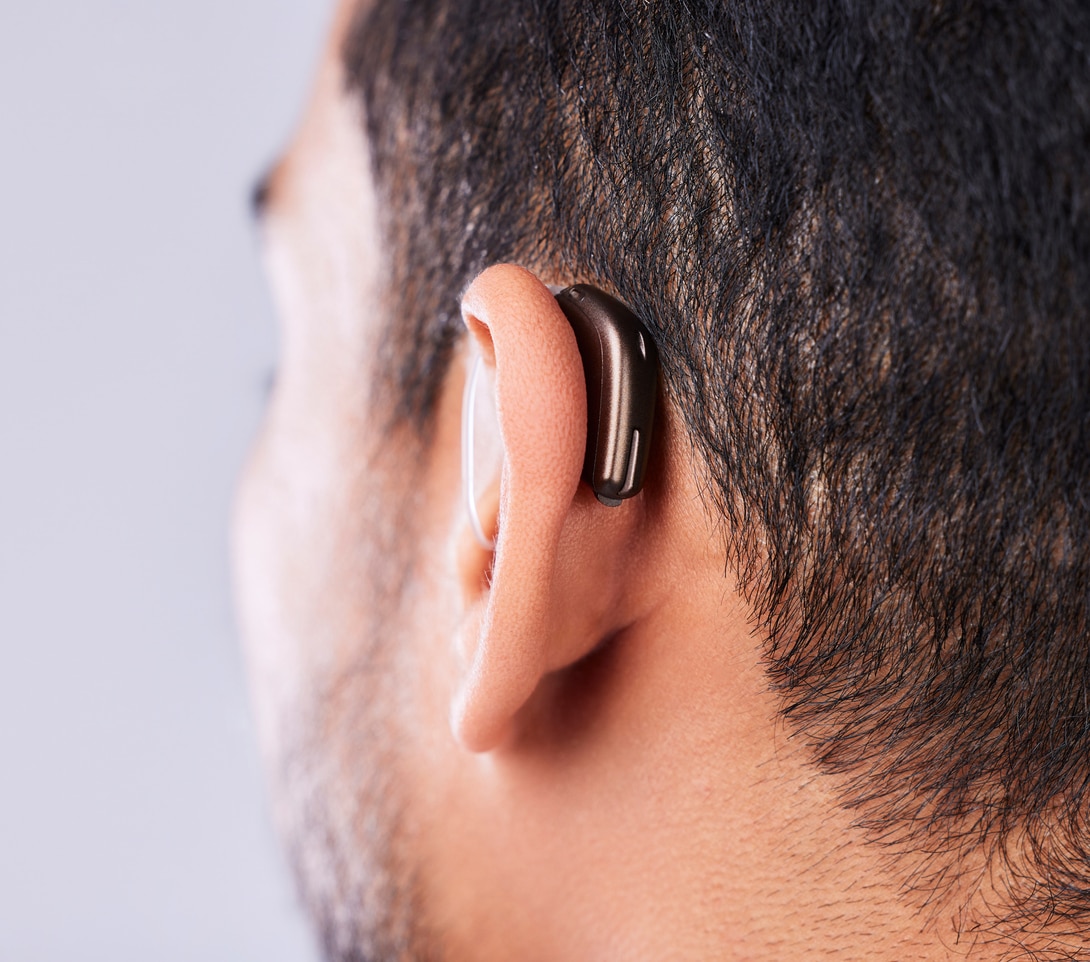Hearing aids amplify sound and are vital devices that can provide customized solutions for addressing hearing loss. There are various designs tailored to meet different needs and preferences.
Understanding the unique benefits of each style can help you make an informed choice that aligns with your lifestyle. With approximately 28.8 million Americans potentially benefiting from hearing aids, gaining insight into their functionality can simplify your decision-making process. Let’s explore three common hearing aid styles and their key features.
Behind-the-Ear (BTE) Hearing Aids

BTE hearing aids are designed to rest comfortably behind the ear. They feature a small tube that channels sound into a custom ear mold fitting the ear canal.
- Adaptability: BTE models are versatile and can address a wide range of hearing loss, from mild to profound.
- Comfort: The design ensures a secure and comfortable fit, with a tube or wire delivering sound effectively into the ear canal.
- Durability: These hearing aids are resistant to moisture and earwax, enhancing their longevity and reliability, especially in situations like getting caught in rain at Bellevue Downtown Park.
Many BTE hearing aids come equipped with advanced features such as noise reduction and wireless connectivity, which can improve the listening experience in various settings. However, their visibility can be a concern for some users, particularly those with shorter hairstyles. Proper fitting is crucial to avoid discomfort and ensure optimal performance.
In-the-Ear (ITE) Hearing Aids
ITE hearing aids are custom fitted to the outer ear and cater to individuals with mild to severe hearing loss. Most include volume controls and other customizable features.
- Discreetness: The custom mold offers a nearly invisible appearance, making them a discreet option.
- User-friendliness: With no external components or tubes, ITE hearing aids are easy to handle, which is beneficial for those with limited dexterity.
- Natural sound quality: Their placement in the outer ear helps maintain natural sound transmission, resulting in a more authentic auditory experience.
Some other things to note about in-the-ear hearing aids include ensuring a proper fit to prevent feedback and discomfort. Additionally, accurate ear canal impressions are necessary for the best fit and functionality.
In-the-Canal (ITC) Hearing Aids
ITC hearing aids fit partially in the ear canal and are suitable for those with mild to moderate hearing loss. Their design makes them a good option for active individuals.
- Cosmetic appeal: Their placement in the ear canal provides a discreet appearance.
- Comfort: The snug fit minimizes feedback and discomfort, making them comfortable for extended wear.
- Enhanced sound quality: Positioning the microphone closer to the eardrum improves sound quality and reduces background noise, which aids in better speech comprehension.
Maintaining good ear canal hygiene is important to prevent irritation or infection with ITC hearing aids, and regular check-ups are recommended to ensure optimal performance with all models of hearing aids. Additionally, frequent check-ups can help monitor hearing loss so interventions can be taken in hearing loss progresses.
Selecting the right hearing aid involves weighing the specific benefits and considerations of each style. For more information on hearing aids and promoting healthy hearing, contact Evergreen Speech and Hearing Clinic to schedule a hearing consultation today.